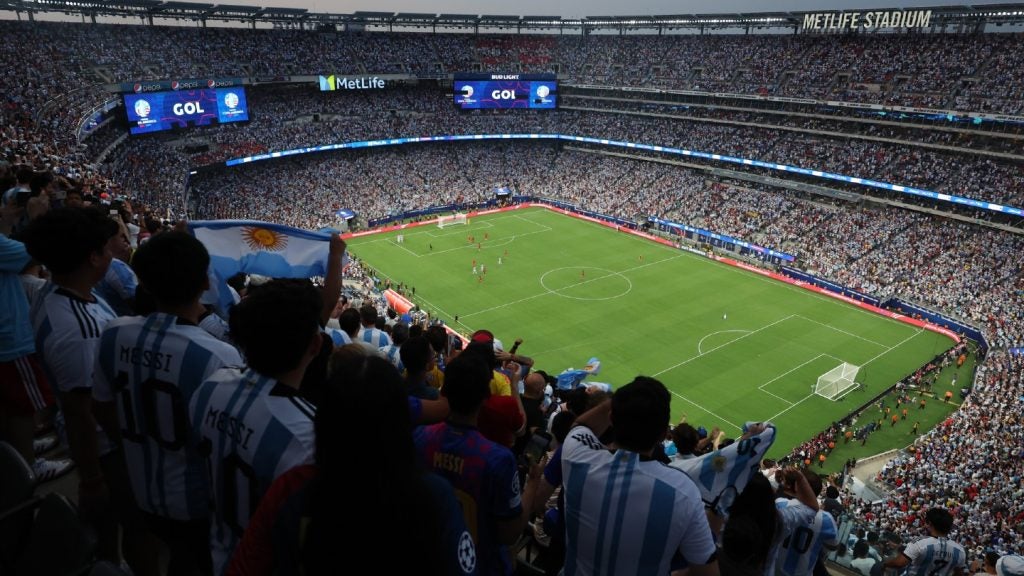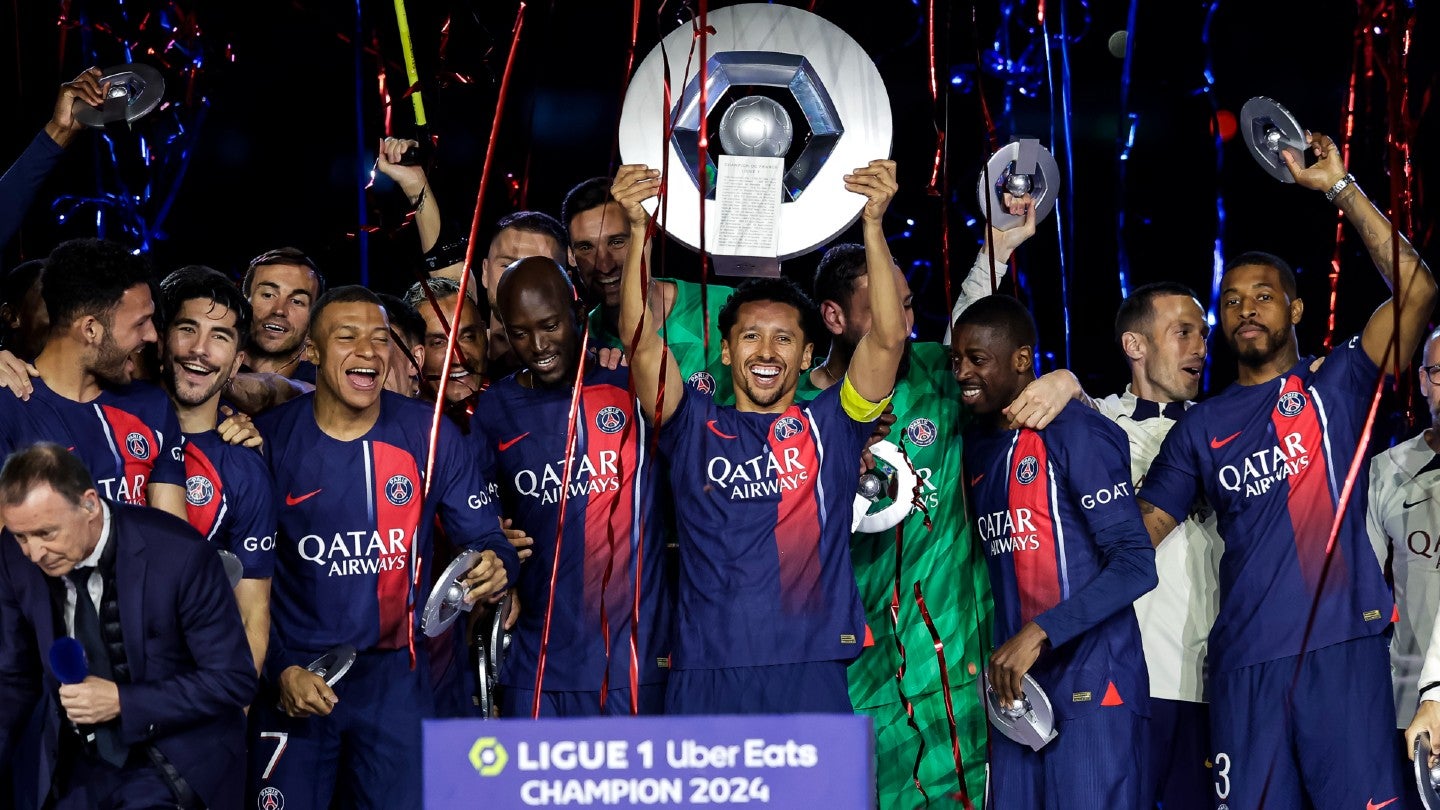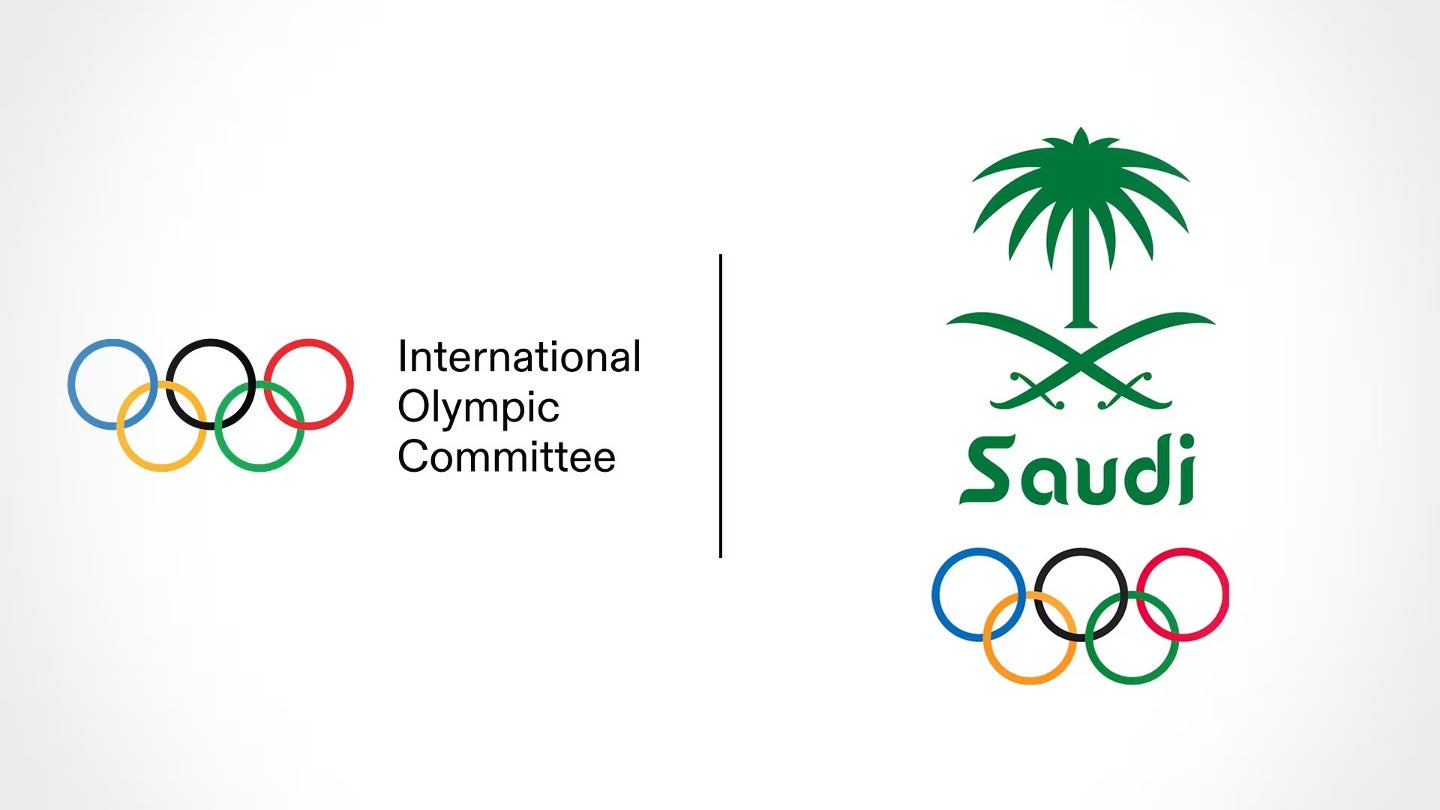The 2024 edition of Copa America has been played across 14 venues in the United States, taking the international continental competition across the country.
Ahead of the 2026 World Cup, which will take place across the US, Canada, and Mexico, Copa America had the opportunity to be a massive shop window for the sport across the States.
The growth of the game since the last World Cup to be held in the US in 1994 has been significant, with MLS growing to 29 teams and having an average TV audience of 343,000 viewers by 2022, roughly equivalent to an NHL game.
However, the opportunity seems to have been squandered, with the US men’s team putting up an abject performance, losing to Panama en route to going out in the group stage. A huge opportunity was missed by the team to draw in more eyeballs and create genuine excitement heading into the World Cup in two years’ time.
However, arguably the far bigger issue revolved around attendances. Only 45% of the opening group games were counted by CONMEBOL as sell-outs, with all three of Argentina’s games (featuring Lionel Messi) making up a significant portion of that number.
While the Messi effect has impacted ticket prices in MLS whenever Inter Miami come to town, nine of the 22 games listed below were not even at 66% capacity, with the five games following Argentina’s opening game against Canada having tens of thousands of empty seats. Even Mexico could not sell out their opening game against Jamaica while the US’s opener only sold 60% of available tickets.
| Match | Venue | Attendance | Capacity |
| Argentina vs Canada | Mercedes Benz-Stadium | 70,524 | 71,000 |
| Peru vs Chile | AT&T Stadium | 43,030 | 80,000 |
| Ecuador vs Venezuela | Levi's Stadium | 29,864 | 68,500 |
| Mexico vs Jamaica | NRG Stadium | 53,763 | 72,000 |
| USA vs Bolivia | AT&T Stadium | 47,873 | 80,000 |
| Uruguay vs Panama | Hard Rock Stadium | 33,425 | 80,000 |
| Colombia vs Paraguay | NRG Stadium | 67,059 | 72,220 |
| Brazil vs Costa Rica | SoFi Stadium | 67,158 | 70,000 |
| Peru vs Canada | Children's Mercy Park | 11,622 | 18,500 |
| Chile vs Argentina | MetLife Stadium | 81,106 | 82,500 |
| Ecuador vs Jamaica | Allegiant Stadium | 24,074 | 65,500 |
| Venezuela vs Mexico | SoFi Stadium | 72,773 | 73,000 |
| USA vs Panama | Mercedes Benz-Stadium | 59,145 | 71,000 |
| Uruguay vs Bolivia | MetLife Stadium | 48,033 | 82,500 |
| Argentina vs Peru | Hard Rock Stadium | 64,972 | 65,300 |
| Canada vs Chile | Inter&Co Stadium | 24,841 | 25,500 |
| Mexico vs Ecuador | State Farm Stadium | 62,565 | 63,400 |
| Jamaica vs Venezuela | Q2 Stadium | 20,240 | 20,700 |
| Bolivia vs Panama | Inter&Co Stadium | 12,933 | 25,500 |
| USA vs Uruguay | Arrowhead Stadium | 55,460 | 76,416 |
| Brazil v Colombia | Levi's Stadium | 70,971 | 68,500 |
| Costa Rica vs Paraguay | Q2 Stadium | 12,756 | 20,700 |
The high ticket prices have been criticized by many, with tickets out of the reach financially of many fans of the competing nations. But CONMEBOL is claiming the tournament to be a resounding success, saying that one million tickets were sold by the close of group stage.
However, as evidenced by the chart, those games featuring lower-profile teams were simply not well attended, with tickets for the game between Venezuela and Canada selling for a minimum of $110.
Part of the issue is the way tickets have been sold. For the 2024 European Championship, tickets for games could be purchased for as little as $60 directly from governing body UEFA, while tickets for the 2024 Copa America are sold through ticket sites such as Ticketmaster and SeatGeek.
The interest domestically in soccer is evidently strong, with a record viewership of 3.78 million watching the United States lose to Uruguay in their final group game, the largest audience to watch a non-World Cup game on FS1, the Fox-owned sports channel which is broadcasting both Copa America and Euro 2024 domestically.
While the TV audiences are strong, the fact remains that many fans may be ambivalent about attending games due to how poorly the US is performing, the cost of attendance must also be a factor. US fans are not attending, but international fans are also not turning up.
Outside of Argentina and Brazil games, matches are not well attended. In addition to ticket prices, transport and accommodation costs are significant. Dynamic ticket pricing has led to some eye-watering costs for tickets – a pair of tickets to Sunday’s final are being advertised for $1,114 – while even parking costs are significant.
One parking pass on Stubhub can cost anywhere from $26 up to $132. According to Statista, the average monthly salary in Argentina was estimated at $432, while tickets for the July 4 quarter-final match at NRG Stadium, where Argentina ousted Ecuador after a painstaking penalty shootout, the cost for a single resale ticket on Ticketmaster started at $176 on match day.
Finding a way of getting to the game and finding somewhere to stay means the tournament is out of reach for most fans.
The United States has been a target market for the international soccer community for years. Spain’s LaLiga and the English Premier League are both well-watched in the US and both leagues are determined to play competitive games in the market to ‘activate’ their US fanbases and find that next revenue stream. Ultimately, all this is short-sighted.
Soccer is built on vibrant fan atmospheres. Stagnant, empty stadiums like those seen in Copa America do nothing to create the next generation of fan. Soccer is a game that should be accessible to all and trying to monetize every single part of it for the maximum financial gain benefits those in control of the game only in the short term. Players speak of seeing their idols as children and wanting to emulate them.
The 1994 World Cup in the US is still one of the most attended World Cups in history, and it sparked a sporting revolution across the country which now has a functioning league in both the men’s and women’s games, which has created World and Olympic champions and exports players to the best leagues in the world, which are broadcast across the US.
The next World Cup in 2026 is the US’ opportunity to cement this growth and potentially create a generation of soccer fans who want to emulate their heroes and become legends, pulling themselves out of poverty into greatness like legends in other sports have done.
Making the sport accessible only to the rich and privileged will mean that the monetary gains will never come, and the sport will die, a huge missed opportunity sacrificed for short-term greed.
















